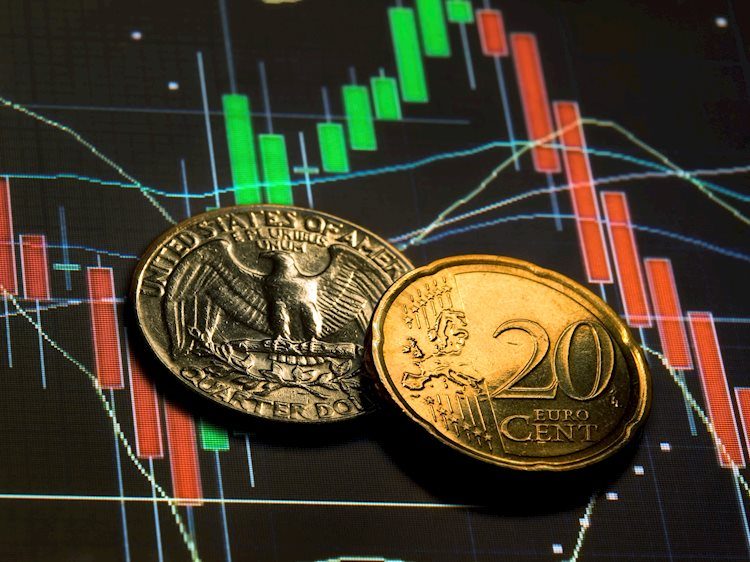EUR/USD sees a slight increase above 1.0800, despite concerns regarding the US Producer Price Index (PPI) impacting the possibility of Fed rate cuts in September. However, the US annual PPI for April met expectations, with monthly figures exceeding consensus estimates. In contrast, the Eurozone price index is expected to reach 2%, as service inflation decreases to 3.7%.
The major currency pair, EUR/USD, has risen above the crucial resistance level of 1.0800. This increase comes against the backdrop of a stronger US Dollar despite higher-than-expected US PPI data, causing uncertainty about potential Fed interest rate cuts in September. Market watchers eagerly await the release of April consumer inflation data, which will play a significant role in shaping investor sentiment.
Investors will closely monitor the preliminary Eurozone Q1 Gross Domestic Product (GDP) data set to be released on Wednesday, along with the US consumer inflation data, which is a key event of the week. Heightened inflation readings could influence traders to reconsider their expectations for Fed rate cuts in September, and the Eurozone GDP growth projections could offer relief to ECB policymakers planning to lower borrowing rates.
Technical analysis indicates that EUR/USD is trading close to the key resistance level of 1.0800, with the 200-day Exponential Moving Average acting as a strong barrier for Euro bulls. The currency pair is moving towards the downward-sloping border of a Symmetrical Triangle pattern, showcasing a period of volatility contraction. The 14-period Relative Strength Index (RSI) reflects market indecisiveness.
Inflation measures the rise in the price of a representative basket of goods and services, with core inflation often excluding volatile elements like food and fuel. Central banks target core inflation levels around 2% to maintain price stability. Higher inflation typically leads to stronger currency, as it signals a stronger economy. In contrast, lower inflation may result in lower interest rates, potentially impacting the value of a currency.
Historically, gold has served as a hedge against high inflation, but central banks’ responses to inflation, such as raising interest rates, can affect gold prices negatively due to increases in the opportunity cost of holding the precious metal. Lower inflation tends to have a positive impact on gold prices, as decreased interest rates make gold a more attractive investment option. Investors often turn to gold for its safe-haven properties during times of extreme market uncertainty.











